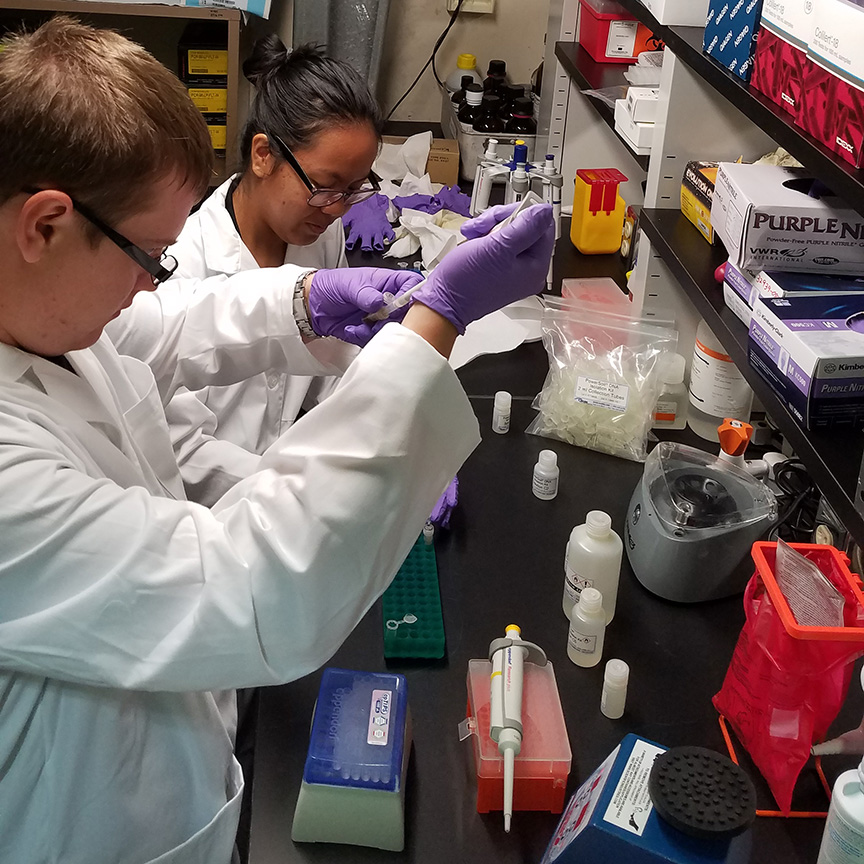
SPONSOR:
Hawai‘i State Department of Health
PROJECT PERIOD:
04/06/2020 – 09/14/2020
ABSTRACT:
The overarching goal of this collaborative effort between the Water Resources Research Center (WRRC), Environmental Protection Agency (EPA), Stanford University, and the Hawai‘i State Department of Health (HIDOH) is to assess health risk associated with the current and alternative fecal indicator levels in O‘ahu’s coastal waters, and to potentially support the development of an alternative recreational water quality criteria in Hawai‘i, if warranted. Using the quantitative microbial risk assessment (QMRA) methodology to estimate the health risk, we will evaluate the applicability of the current enterococcus based water quality standards as well as explore the potential of Clostridium perfringens and F+ coliphages as indicators of the recreational water quality of the Hawai‘i coastal waters.
PRINCIPAL INVESTIGATOR
